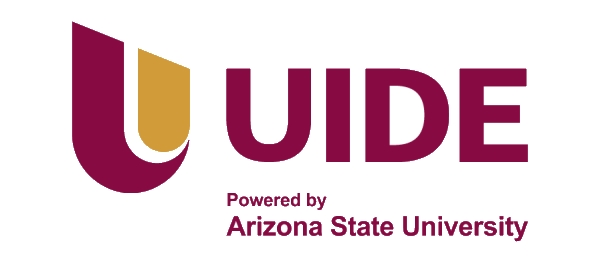
Please use this identifier to cite or link to this item:
https://repositorio.uide.edu.ec/handle/37000/7803| Title: | Colegio tecnificado agropecuario en el sector rural de Lloa |
| Authors: | Correa Elizalde, Pablo Roberto Veintimilla Vela, Nelson Andrés (tutor) |
| Keywords: | EDUCACIÓN;AGRICULTURA;COLEGIO TECNIFICADO;RURAL |
| Issue Date: | 2024 |
| Publisher: | QUITO/UIDE/2024 |
| Citation: | Correa Elizalde, Pablo Roberto. (2024). Colegio tecnificado agropecuario en el sector rural de Lloa. Facultad de Arquitectura. UIDE. Quito. 120 p. |
| Abstract: | El barrio rural de Lloa presenta un desgaste en su infraestructura escolar. Con el paso de los años, ha crecido en equipamientos como salud, recreación y su principal actividad económica, que es la agricultura y ganadería. Sin embargo, los habitantes han reclamado una mejor infraestructura para los niños y jóvenes, ya que no cuentan con herramientas suficientes para el estudio ni con espacios adecuados para todos, a pesar de los esfuerzos de las autoridades municipales.Mediante la investigación, se resalta que un porcentaje significativo de jóvenes de entre 11 y 15 años decide abandonar los estudios en Lloa para ayudar a sus familias en el principal negocio, que es la agricultura. Además, aquellos pocos que logran graduarse no tienen acceso a espacios donde puedan estudiar alguna tecnificación relacionada con su actividad económica. Posteriormente, se realizó un estudio exhaustivo a escalas macro, meso y micro, abarcando todo el barrio y su contexto, para entender de mejor manera el dinamismo de las personas en torno a la actual infraestructura académica y, a través de este análisis, identificar las principales problemáticas a resolver.La propuesta del Colegio Tecnificado Agropecuario de Lloa se presenta como una estrategia para conservar el actual Colegio Pichincha, pero transformando su funcionamiento. La idea es segmentar la primaria y la secundaria, trasladando esta última a un nuevo terreno y convirtiéndola en un colegio especializado. Este cambio permitiría a los jóvenes escoger ramas relacionadas con la agricultura y sus tecnificaciones, alentándolos a continuar sus estudios y reforzar sus conocimientos en los negocios familiares. Como resultado, se propone una infraestructura conectada mediante un bulevar vegetal con la escuela primaria. Este diseño incluye una estructura contemporánea, ideal para maximizar el impacto ambiental positivo, aprovechando los minerales y materiales locales como parte de su fachada, creando un muro de gavión. The rural neighborhood of Lloa shows wear and tear in its school infrastructure. Over the years, it has grown in facilities such as health, recreation and its main economic activity, which is agriculture and livestock. However, residents have demanded better infrastructure for children and young people, since they do not have sufficient tools for study or adequate spaces for everyone, despite the efforts of municipal authorities. Through the research, it is highlighted that a significant percentage of young people between 11 and 15 years old decide to abandon their studies in Lloa to help their families in the main business, which is agriculture. Furthermore, those few who manage to graduate do not have access to spaces where they can study any technology related to their economic activity.Subsequently, an exhaustive study was carried out at macro, meso and micro scales, covering the entire neighborhood and its context, to better understand the dynamism of people around the current academic infrastructure and, through this analysis, identify the main problems to solve The proposal for the Lloa Agricultural Technical College is presented as a strategy to preserve the current Pichincha College, but transforming its operation. The idea is to segment primary and secondary school, moving the latter to new land and turning it into a specialized school. This change would allow young people to choose branches related to agriculture and its technical skills, encouraging them to continue their studies and reinforce their knowledge in family businesses. As a result, an infrastructure connected by a green boulevard with the primary school is proposed. This design includes a contemporary structure, ideal for maximizing positive environmental impact, taking advantage of local minerals and materials as part of its facade, creating a gabion wall. |
| URI: | https://repositorio.uide.edu.ec/handle/37000/7803 |
| ISSN: | UIDE-Q-TARQ-2024-26 |
| Appears in Collections: | Tesis - Arquitectura |
Files in This Item:
| File | Description | Size | Format | |
|---|---|---|---|---|
| UIDE-Q-TARQ-2024-26.pdf | TESIS A TEXTO COMPLETO | 294.19 MB | Adobe PDF | View/Open |
Items in DSpace are protected by copyright, with all rights reserved, unless otherwise indicated.